Chips making plants have transformed the global snack industry by tailoring their offerings to suit regional preferences. With consumer tastes varying widely across geographies, the ability to adapt flavors, textures, and packaging has become a key strategy for snack manufacturers. This article delves into how chips making plants are innovating to meet the demands of diverse markets, leveraging local insights, and scaling operations effectively.
The Importance of Regional Preferences in the Snack Industry
Global snack consumption is on the rise, driven by changing lifestyles and evolving consumer habits. The global snack market size reached USD 35.2 billion in 2024 and is projected to grow steadily at a CAGR of 2.5% from 2025 to 2033. This growth is fueled by:
- Increasing demand for convenience foods.
- Greater emphasis on health-conscious snacking.
- An appetite for unique and exotic flavors.
However, no single product can satisfy the palates of consumers worldwide. Leading manufacturers like PepsiCo and Kellanova have demonstrated the power of adapting to local tastes with region-specific products such as Cucumber Lay’s in China and Tangy Tomato Pringles in India.
How Chips Making Plants Customize Products for Regional Markets
1. Flavor Innovation
Flavor remains the most critical aspect of snack customization. Companies invest in local research and collaborate with culinary experts to create products that resonate with regional taste profiles. Examples include:
- Falafel with Pickled Lemon Lay’s in Egypt.
- Cheese & Onion in the U.K.
- Sabritas Adobadas with a tangy tomato and lime twist in Mexico.
In India, the iconic Magic Masala flavor varies between regions, with dried mango powder added in some areas and tomato powder in others.
Explore advanced chips making plants for diverse flavors.
2. Adjusting Texture and Cooking Methods
Texture preferences also vary widely. For instance:
- Doritos chips in some regions are designed to require more bite pressure, catering to local preferences for crunchier snacks.
- Baked chips are gaining traction in health-conscious markets like North America and Europe due to their reduced fat content.Chips making plants now include advanced frying and baking machines to meet these demands. Discover frying and baking solutions.
3. Packaging Customization
Packaging plays a significant role in regional adaptation. In Europe, eco-friendly packaging is a major trend, while in India, single-serve packs are popular for their affordability and convenience. Additionally, resealable pouches are gaining popularity in North America for their practicality.
Learn more about innovative packaging applications.
4. Incorporating Local Ingredients
Using locally sourced ingredients not only reduces costs but also appeals to regional sensibilities. In Latin America, plantains and cassava are preferred base ingredients, while Asia-Pacific markets favor seaweed and lentils.
Explore banana and cassava chips making plants.
Regional Trends Shaping the Chips Industry
North America: Embracing Health-Conscious Snacking
The demand for gluten-free, organic, and non-GMO snacks is surging. Kale, quinoa, and sweet potato chips are gaining popularity, with a projected 10% CAGR by 2027.
Asia-Pacific: Exotic and Bold Flavors
Asia’s snack market is diversifying with unique flavors like wasabi, seaweed, and spicy chili. The market is expected to grow by 15% in the next five years.
Europe: Sustainability First
Eco-friendly packaging and ethically sourced ingredients are driving growth. Mediterranean-inspired flavors like olive oil and herbs are particularly popular.
Latin America: A Love for Local Spices
Chips infused with native spices and flavors, such as paprika and lime, are gaining traction. This market is projected to grow at 8% annually by 2026.
Middle East & Africa: Growing Snack Variety
Healthier versions of traditional snacks are making waves. A CAGR of 9% is anticipated as consumers embrace balanced diets.
Discover region-specific chips making solutions.
Challenges in Customizing Chips for Regional Markets
- Supply Chain Complexities
Fluctuations in raw material availability and costs can disrupt production. Efficient sourcing strategies and localized supply chains are critical.
- Balancing Cost and Quality
Premium flavors and packaging often come at higher costs. Striking a balance between affordability and quality is essential for success.
- Staying Ahead of Competition
With numerous players in the market, continuous innovation is key. Companies must invest in R&D to stay relevant.
Technological Advancements in Chips Making Plants
Modern chips making plants are equipped with cutting-edge machinery that enables:
- Precision Cutting: Ensures uniform slices for consistent cooking. Explore vegetable cutting machines.
- Efficient Peeling: Automated peeling reduces waste and saves time. Discover peeling solutions.
- Flavor Coating: Advanced seasoning machines evenly distribute flavors. Learn about flavoring machines.
- Energy-Efficient Drying: Reduces moisture without compromising texture. Explore food drying machines.
Why Choose Blaze Machinery for Chips Making Plants?
At Blaze Machinery, we specialize in manufacturing high-quality chips making plants tailored to your regional needs. Our offerings include:
- Semi-Automatic Plants: Ideal for small-scale production.
- Fully Automatic Plants: Designed for high-capacity operations with minimal labor.
We provide end-to-end solutions, from installation to after-sales support, ensuring your plant operates efficiently and meets market demands.


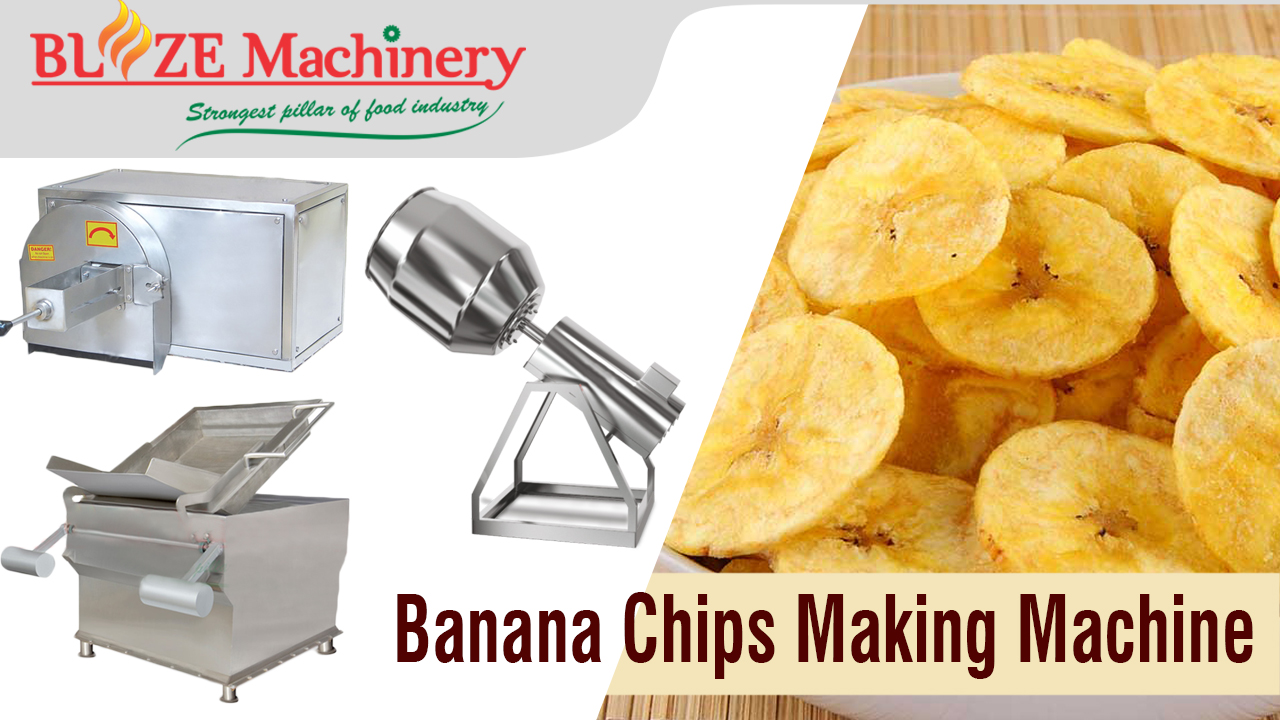
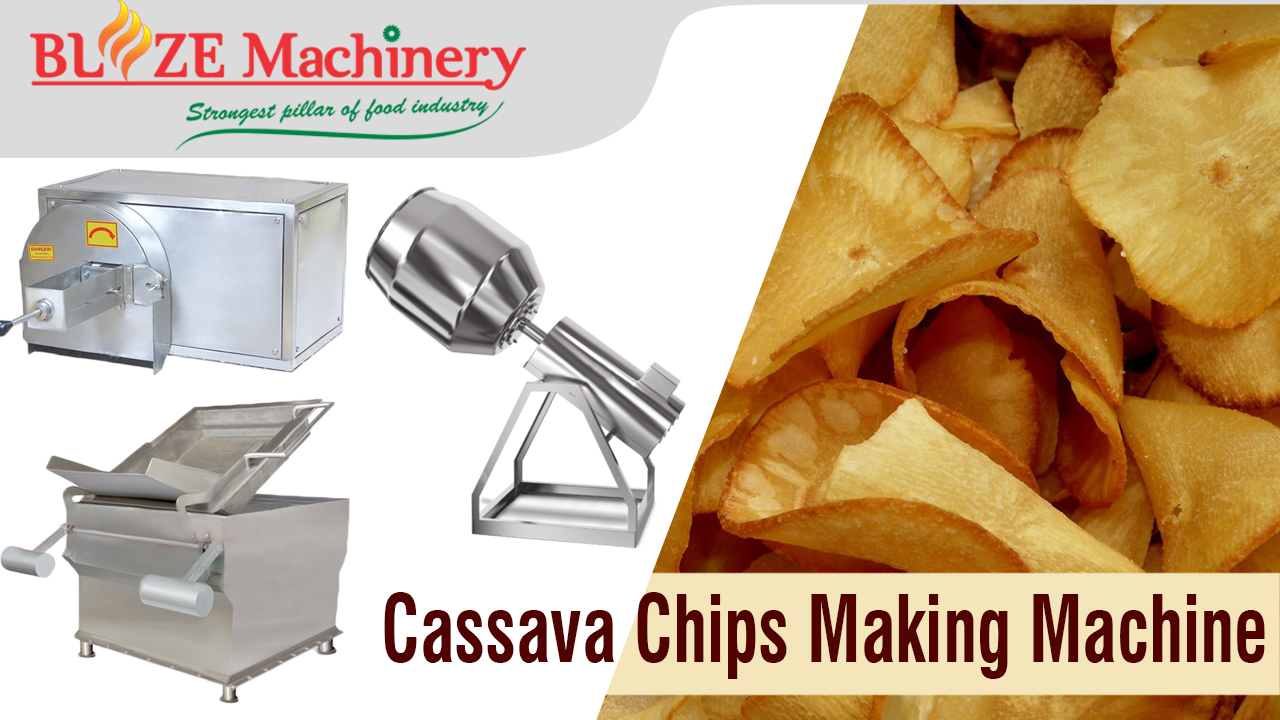
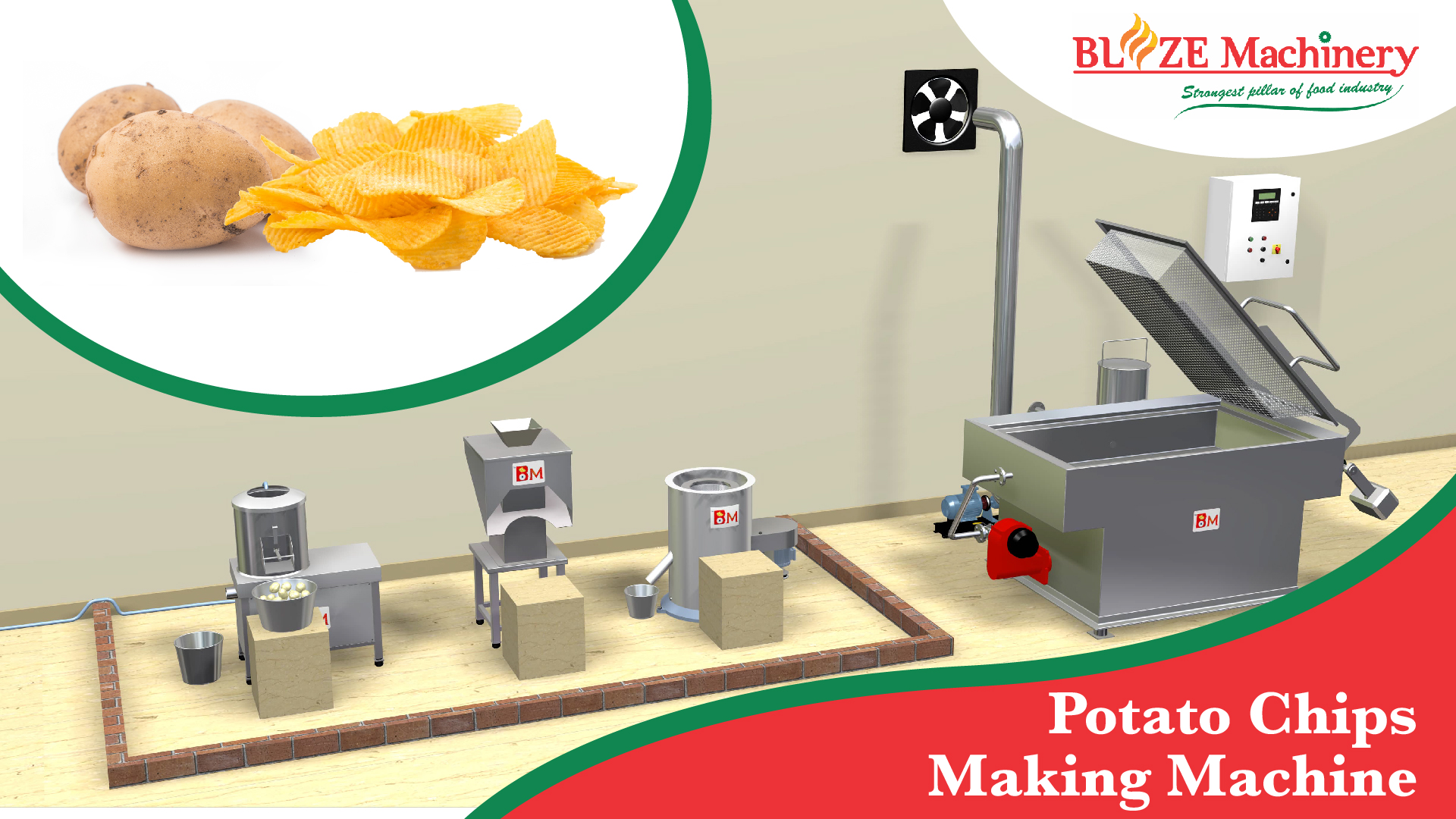
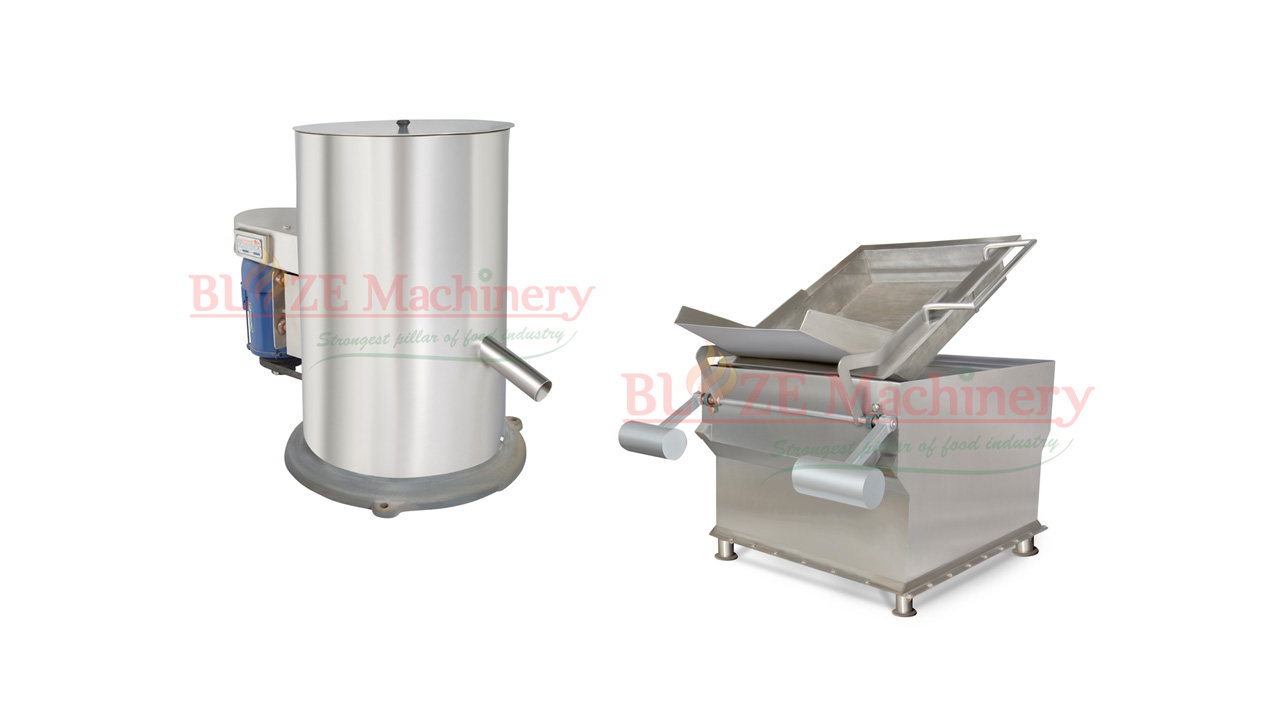

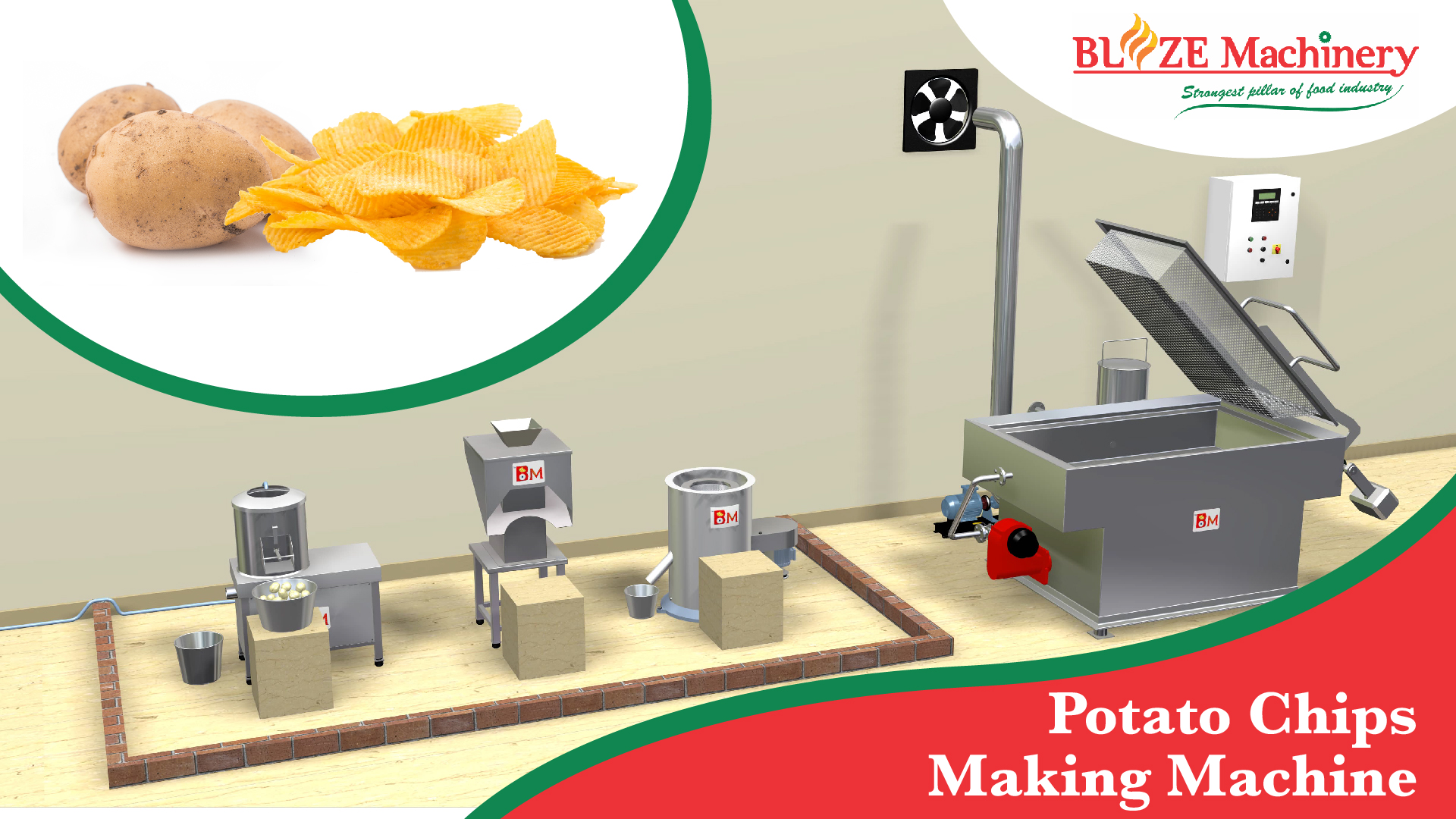



Recent Comments